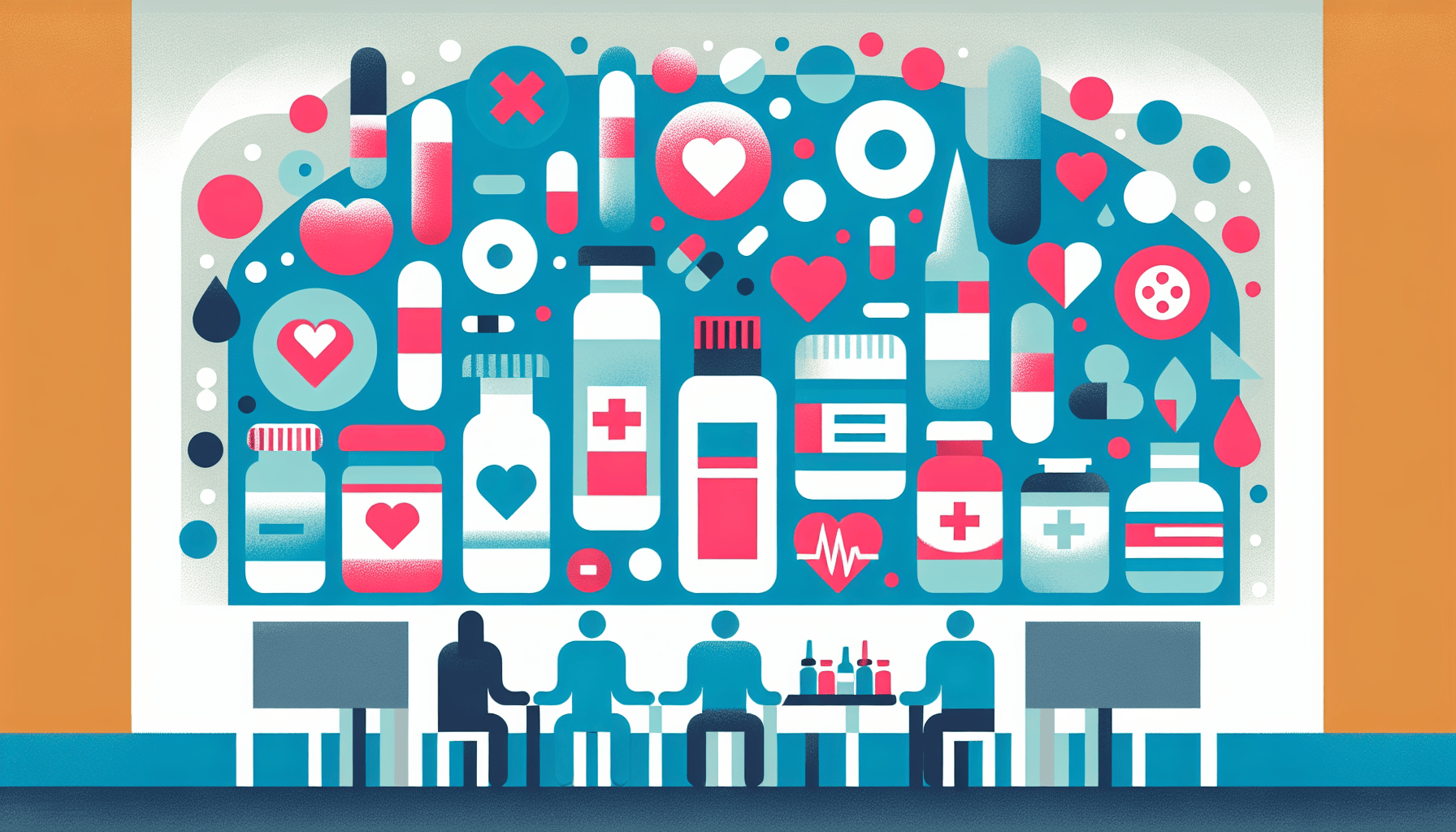Does Mounjaro Affect Fertility?
Understanding Mounjaro and Its UsesMounjaro is a prescription medication commonly prescribed for managing type 2 diabetes. It belongs to a class of drugs that help regulate [...]
Read More
Medically reviewed by Alan Lucks | MD, Alan Lucks MDPC Private Practice - New York on March 10th, 2024.
Blood thinners are essential medications that help prevent blood clots from forming or growing larger. They are commonly prescribed to people with certain heart diseases, heart defects, or other conditions that increase the risk of developing dangerous blood clots. By keeping the blood flowing smoothly through the veins and arteries, blood thinners help protect against life-threatening events such as heart attacks, pulmonary embolism, and strokes.
There are two main types of blood thinners: anticoagulants and antiplatelets.
Anticoagulants work by preventing the blood from clotting or turning into solid clumps of cells. Most anticoagulants are available in pill form, while some are administered as shots or through an IV. Common anticoagulants include:
Apixaban (Eliquis)
Dabigatran (Pradaxa)
Edoxaban (Savaysa)
Rivaroxaban (Xarelto)
Warfarin (Coumadin, Jantoven)
Antiplatelets target tiny particles in the blood called platelets, preventing them from sticking together and forming clots. These medications are available in pill form and include:
Aspirin
Clopidogrel (Plavix)
Prasugrel (Effient)
Ticagrelor (Brilinta)
Blood thinners are prescribed to individuals who have a higher risk of developing blood clots. This may include people who have had a previous heart attack or stroke, as well as those with heart or blood vessel diseases, irregular heart rhythms, lupus, or deep vein thrombosis (DVT). Other factors that can increase the risk of blood clots include being overweight, recent surgery, or having an artificial heart valve.

While blood thinners offer life-saving benefits, they also come with potential side effects. The most common side effect is an increased risk of bleeding, even from minor cuts or bruises. It is essential to be cautious when engaging in activities that could cause injury and to inform your healthcare provider immediately if you experience any signs of unusual bleeding, such as:
Heavy menstrual periods
Blood in urine or stool
Bleeding gums or nosebleeds
Vomiting or coughing up blood
Dizziness or weakness
Severe headache or stomachache
Other potential side effects include bone loss (with long-term heparin use) and skin necrosis (with warfarin). Regular blood tests and doctor visits are necessary to monitor and adjust blood thinner levels, especially when taking warfarin.
It is crucial to inform all healthcare providers, including dentists, about your blood thinner use and to avoid starting new medications or supplements without consulting your doctor. Certain foods, such as green leafy vegetables containing vitamin K, can interfere with the effectiveness of blood thinners, so it is essential to maintain a consistent diet and follow your doctor's recommendations.
By understanding the benefits, risks, and precautions associated with blood thinners, patients can work closely with their healthcare providers to ensure safe and effective treatment. If you experience any symptoms of a blood clot, such as blurred vision, chest pain, or sudden weakness, seek medical attention immediately.
For more information on blood thinners and their role in preventing blood clots, visit:
These medications dramatically reduce stroke and clot risks but require balancing bleeding dangers through proper monitoring and dietary consistency. Most patients can safely manage treatment with regular follow-up and awareness of bleeding warning signs. If you're experiencing unusual bleeding, bruising, or have questions about interactions, Doctronic can provide quick guidance on whether immediate medical attention is needed.
Understanding Mounjaro and Its UsesMounjaro is a prescription medication commonly prescribed for managing type 2 diabetes. It belongs to a class of drugs that help regulate [...]
Read MoreUnderstanding Hydrocortisone Uses and DosagesHydrocortisone is a versatile medication primarily used to reduce inflammation and suppress the immune system in various [...]
Read MoreUnderstanding Zepbound and MounjaroWhen managing type 2 diabetes, patients often face a variety of medication options. Zepbound and Mounjaro are two such options gaining [...]
Read More